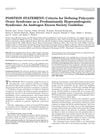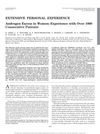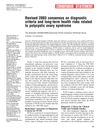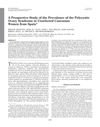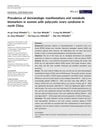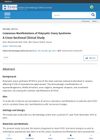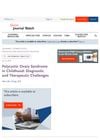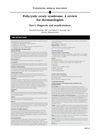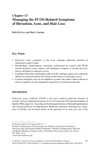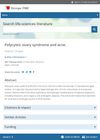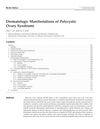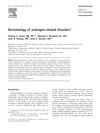Cutaneous Manifestations of the Subtypes of Polycystic Ovary Syndrome in Korean Patients
March 2014
in “
Journal of the European Academy of Dermatology and Venereology
”
polycystic ovary syndrome PCOS acne hirsutism seborrhea acanthosis nigricans androgenetic alopecia irregular menstruation hyperandrogenism polycystic ovary morphology dehydroepiandrosterone sulphate DHEAS excessive hair growth oily skin dark skin patches female pattern baldness irregular periods high male hormones cystic ovaries
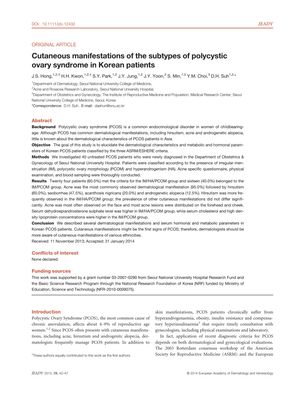
TLDR Korean patients with PCOS often have skin problems like acne and excess hair, with different symptoms based on their specific PCOS type.
The study examined 40 Korean patients with polycystic ovary syndrome (PCOS) and found that the most common skin manifestations were acne (95%), hirsutism (60%), seborrhea (47.5%), acanthosis nigricans (20%), and androgenetic alopecia (12.5%). Patients were categorized into two groups based on the ASRM/ESHRE criteria: 24 patients with irregular menstruation (IM), hyperandrogenism (HA), and polycystic ovary morphology (PCOM), and 16 patients with just IM and PCOM. The IM/HA/PCOM group exhibited more hirsutism and higher serum dehydroepiandrosterone sulphate (DHEAS) levels, while the IM/PCOM group had higher serum cholesterol and HDL levels. The study highlighted the importance of dermatologists recognizing these manifestations in PCOS patients, taking into account ethnic variations.
